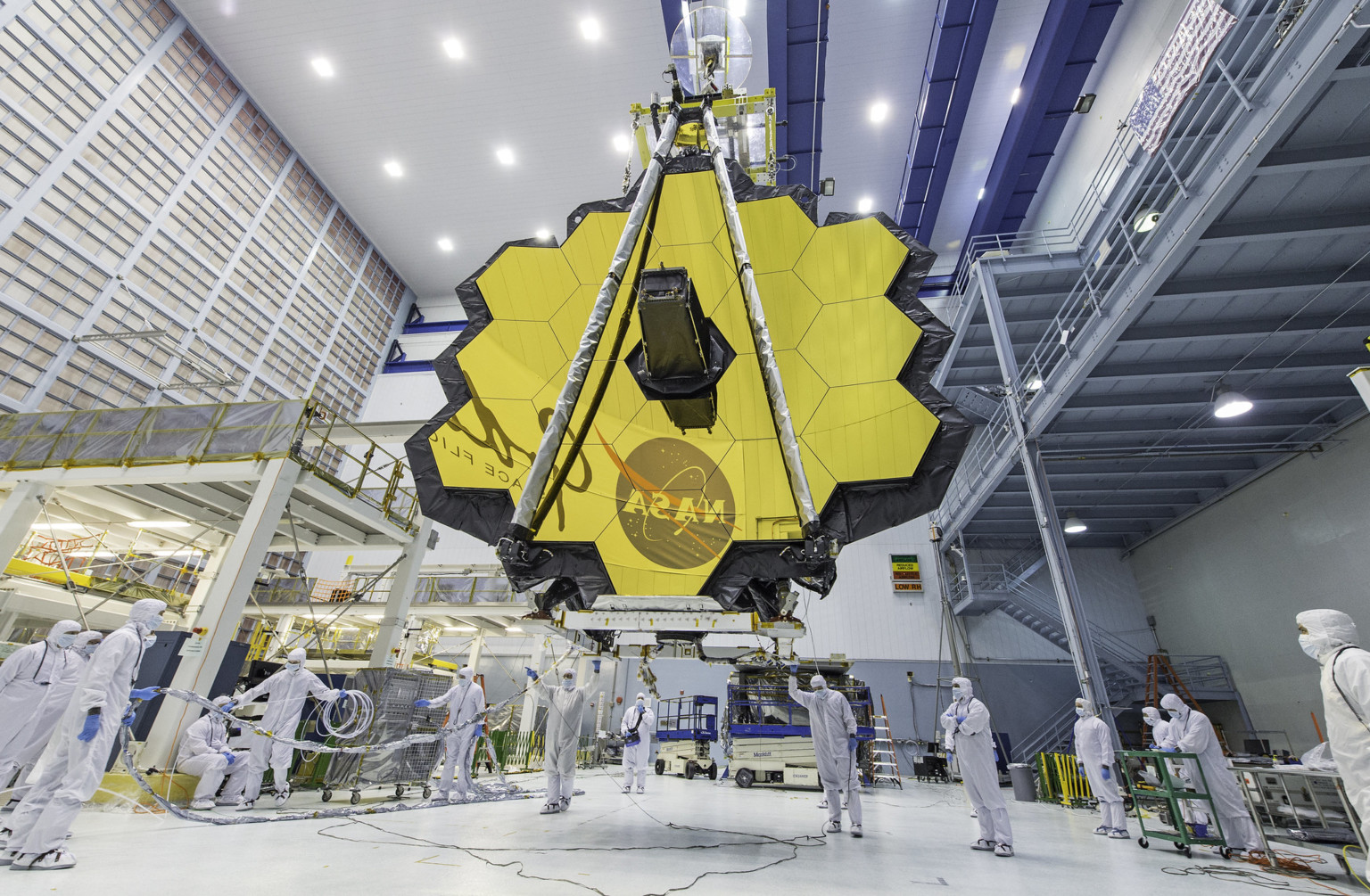The MIRI instrument of the James Webb Space Telescope, which failed on August 24, finally resumed its work. The problem turned out to be in the MRS mechanism. NASA describes a malfunction of the instrument that caused “increased friction” when setting up scientific observations.

As a result, the Webb team was forced to take the camera offline while investigating the problem and working on its solution. Because James Webb is too far from Earth at the L2 Lagrange point, it is not possible to send a team for physical repairs. Engineers had to search for a solution remotely.
“The team came to the conclusion that the problem is caused by an increase in contact forces between the components of the central wheel bearing assembly under certain conditions. Based on this, the team developed a plan to use the affected mechanism in scientific operations,” explains NASA.
Timely repair
The team’s decision turned out to be encouraging. On November 2, engineers conducted a test to determine the friction of the wheels of the mechanism, which, finally, does not interfere with work. As a result, James Webb will resume scientific observations using MIRI on November 12.
The MIRI camera on board the Space Observatory returns to operation in time to take advantage of a unique opportunity to observe the polar regions of Saturn just before they become inaccessible for observation for the next 20 years. The first observations will take place this weekend.
James Webb managed to take some of the most detailed photos of the universe in the highest resolution to date. But not everything went well. Although the telescope was able to reach its orbit and fully deploy without problems, earlier this year JWST was hit by a meteorite that damaged one of the main segments of its mirror. Fortunately, the damage was minor.
Earlier we reported on how James Webb captured the Pillars of Creation.
Follow us on Twitter to get the most interesting space news in time
https://twitter.com/ust_magazine

